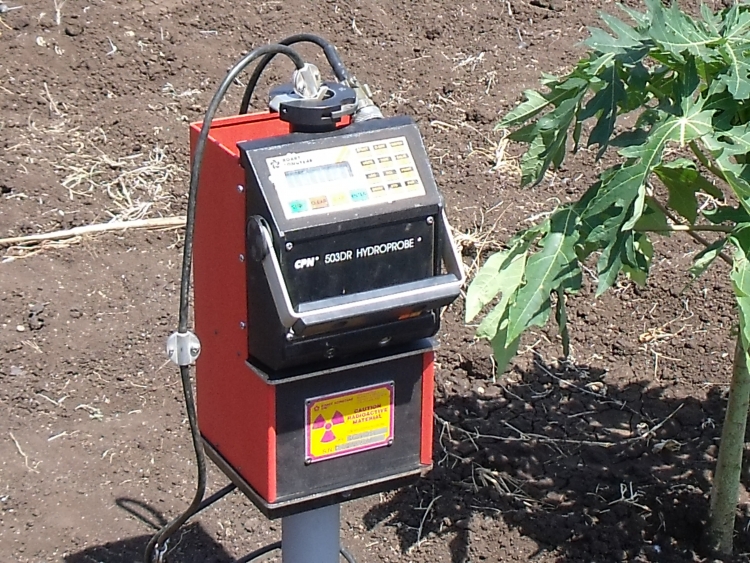The World Day to Combat Desertification and Drought was observed on 17 June, highlighting the challenges of serious drought and desertification, and raising awareness of the importance of sustainable land use.
Two billion people around the world live in the arid or semi-arid areas that are most prone to desertification - the degradation of arable land. Desertification is an immense environmental challenge that threatens sustainable development, food security and the availability of water. The rate of desertification is speeding up, amplifying development threats and forcing people to migrate in search of water and arable farmland.
The UN Convention to Combat Desertification (UNCCD) calls for action to address the effects of desertification through cooperative efforts of UN organizations and other international bodies, and to set sustainable development goals on land use.
"Sustainable land use is a prerequisite for lifting billions from poverty, enabling food and nutrition security, and safeguarding water supplies. It is a cornerstone of sustainable development", says UN Secretary-General Ban Ki-moon.
The IAEA contributes to international efforts to combat desertification by supporting Member States in the application of nuclear technology. Through its technical cooperation (TC) programme, the IAEA applies nuclear technology, in particular isotopic techniques, to address desertification, prevent the loss of productive farmland and enhance soil fertility and productivity.
Isotopic techniques are used to assess and gather data about various elements in soil, water and plants. The information can then be used to formulate strategies for efficient water and fertilizer usage, and to determine appropriate agricultural management practices that improve crop production while preventing soil degradation. This enables farmers to continue practicing agriculture in a sustainable manner, even in very dry conditions.



